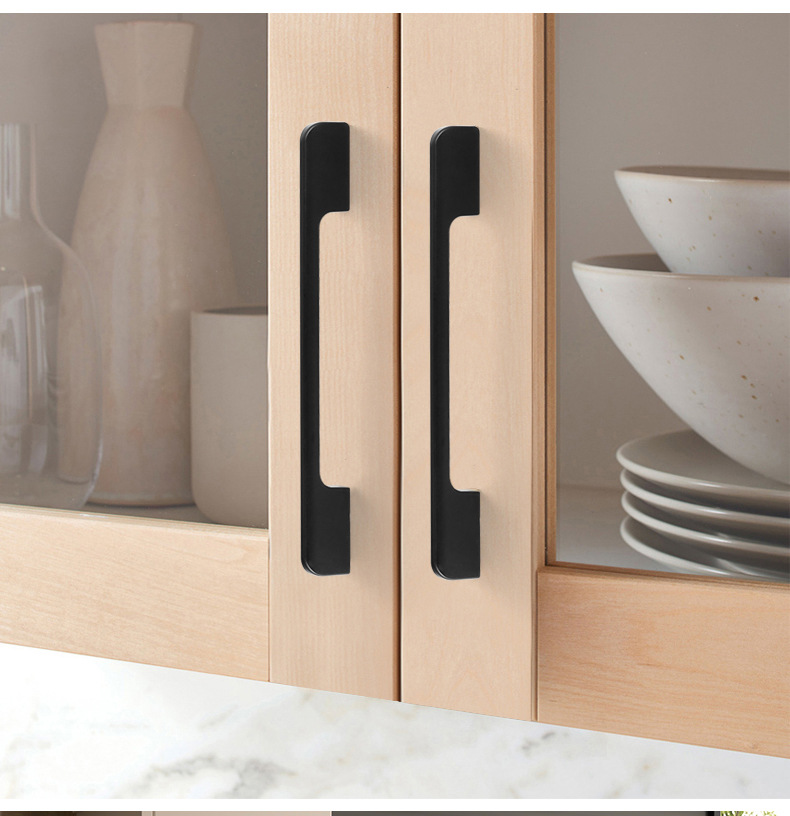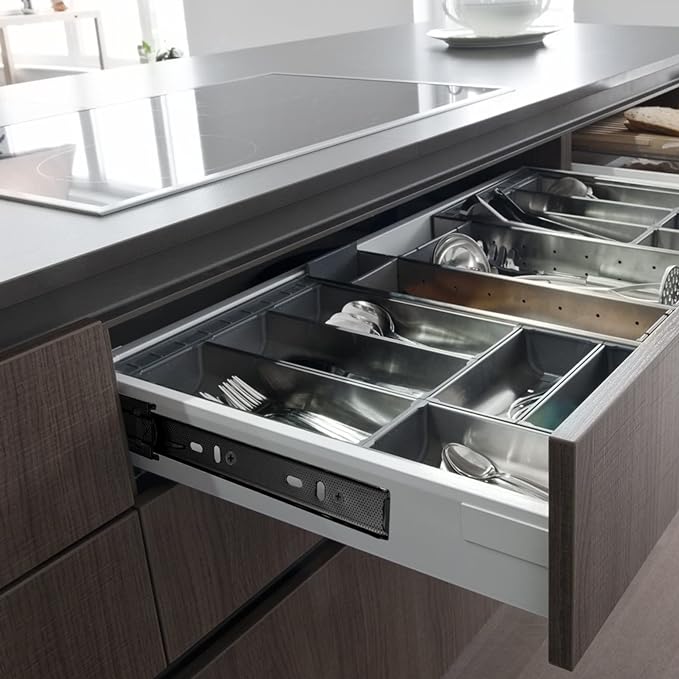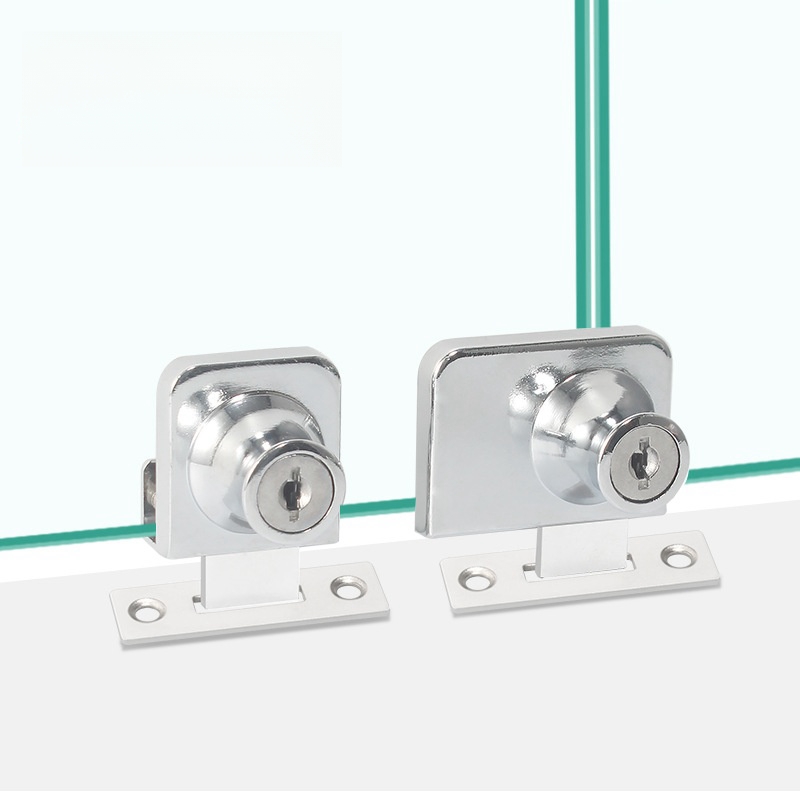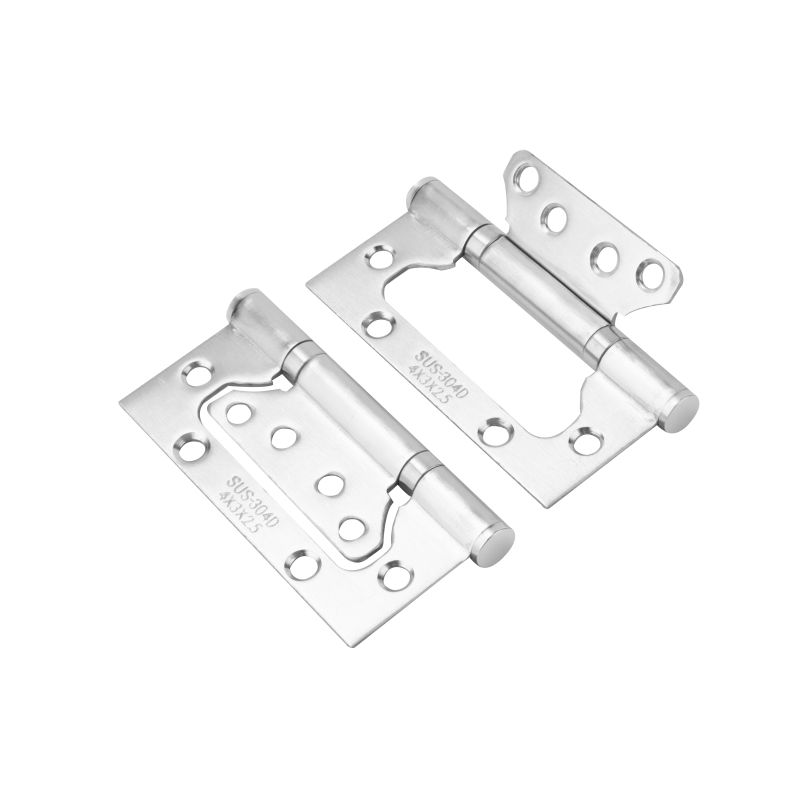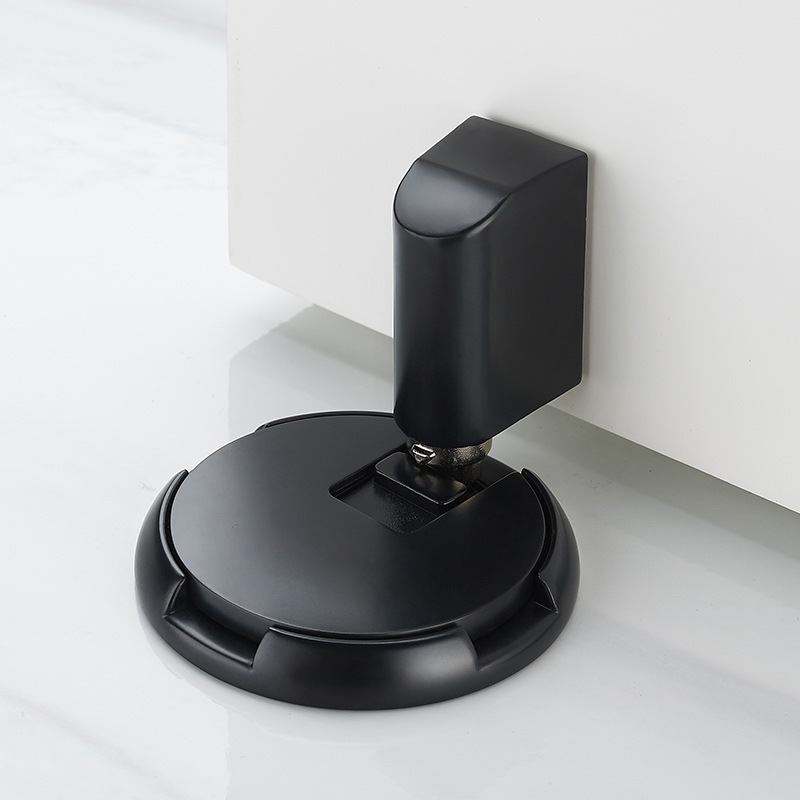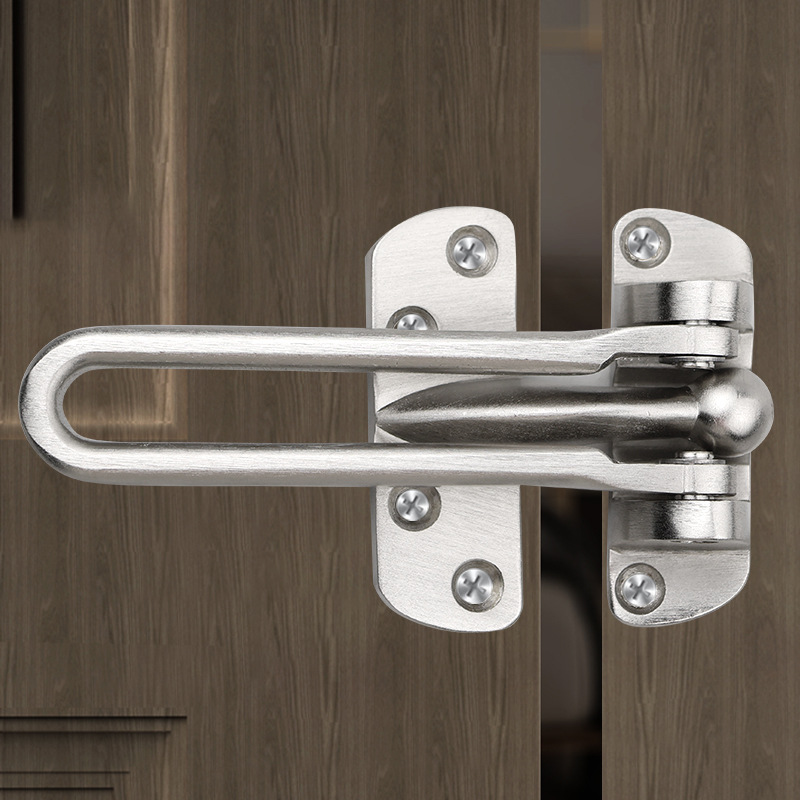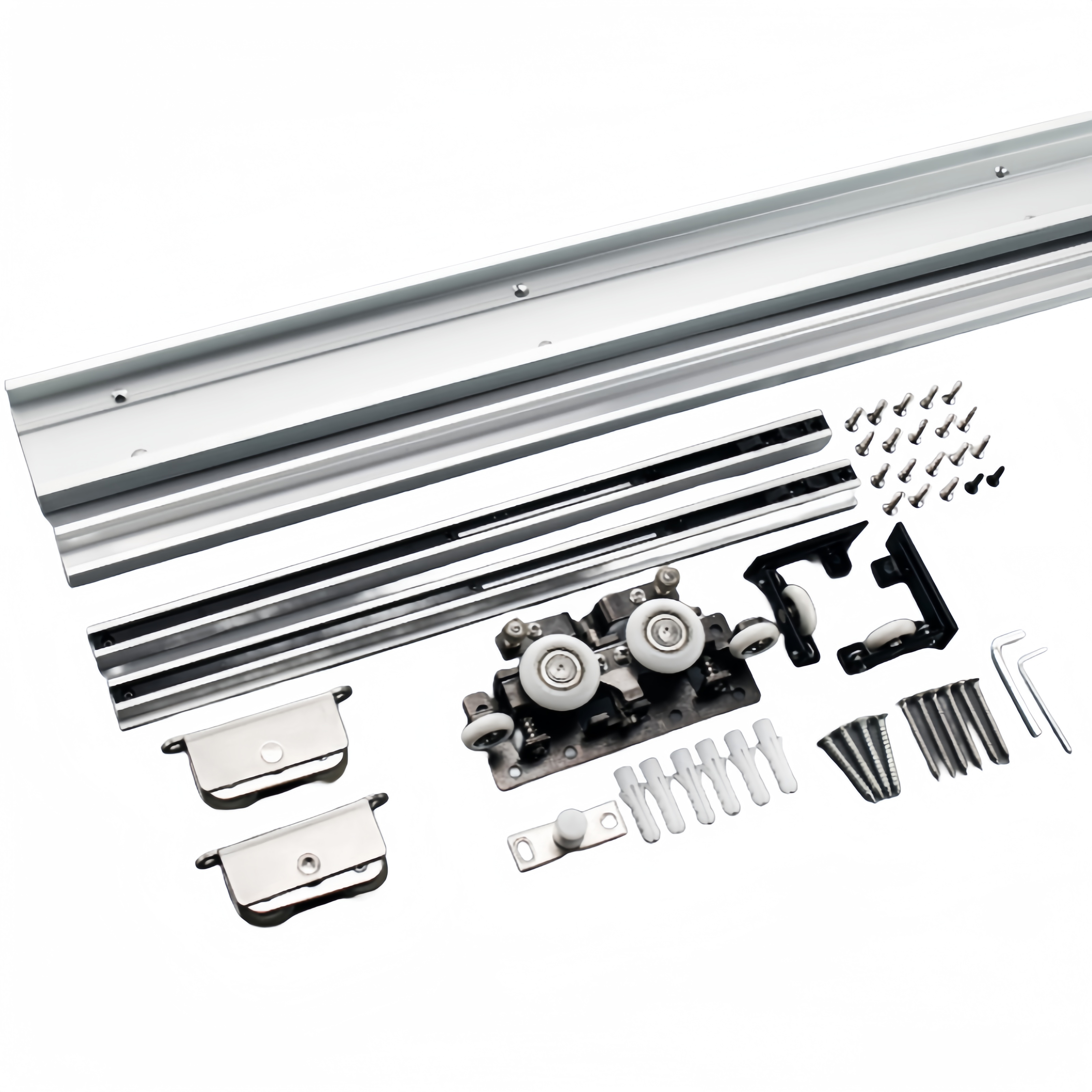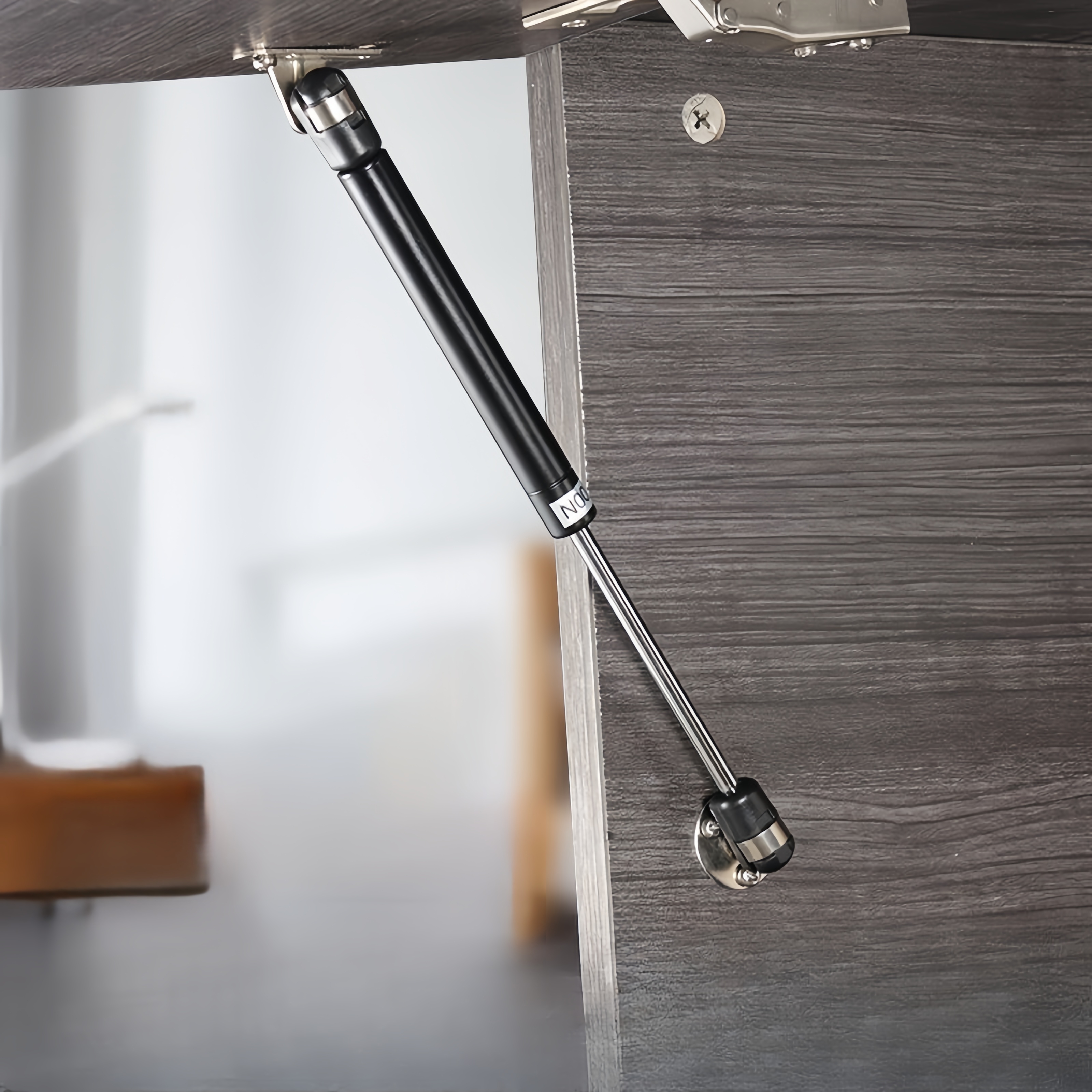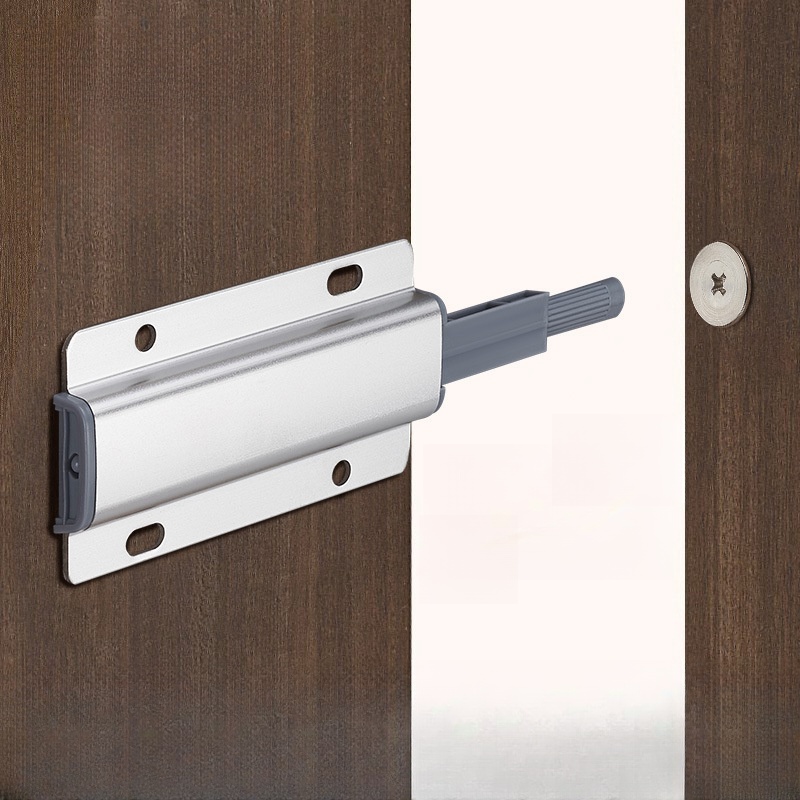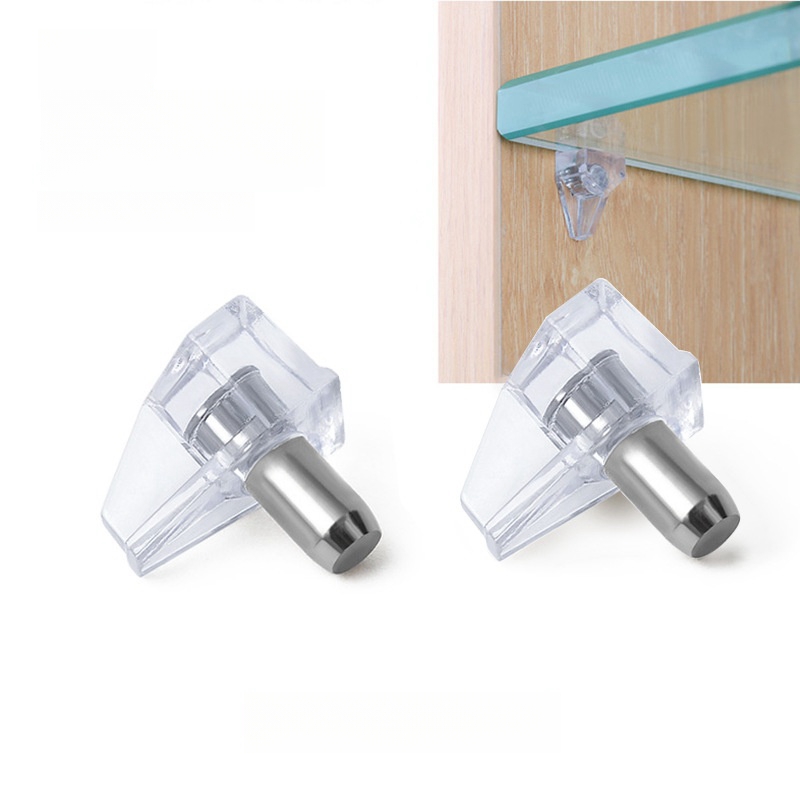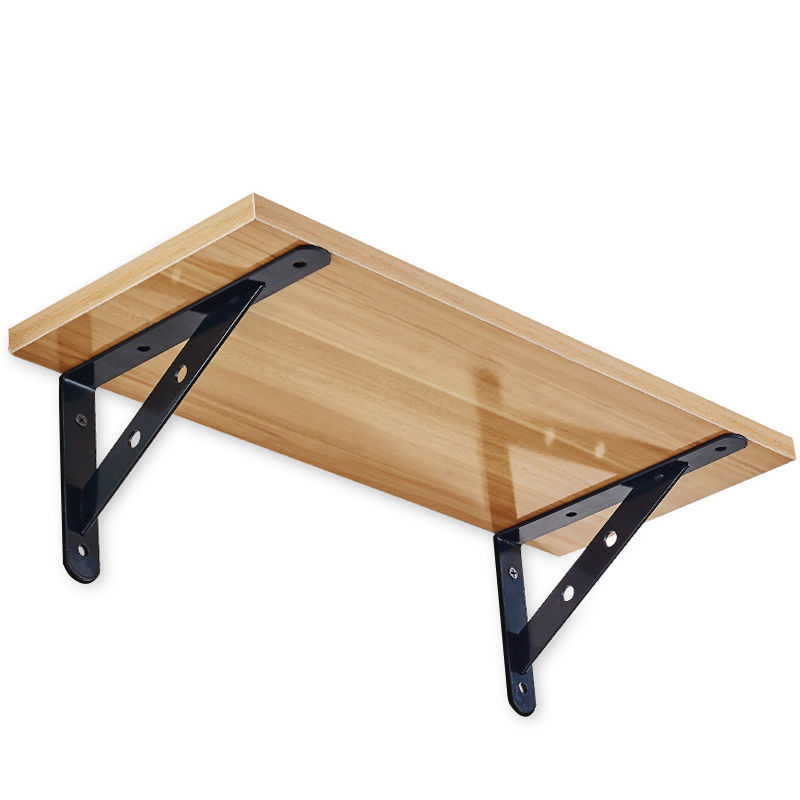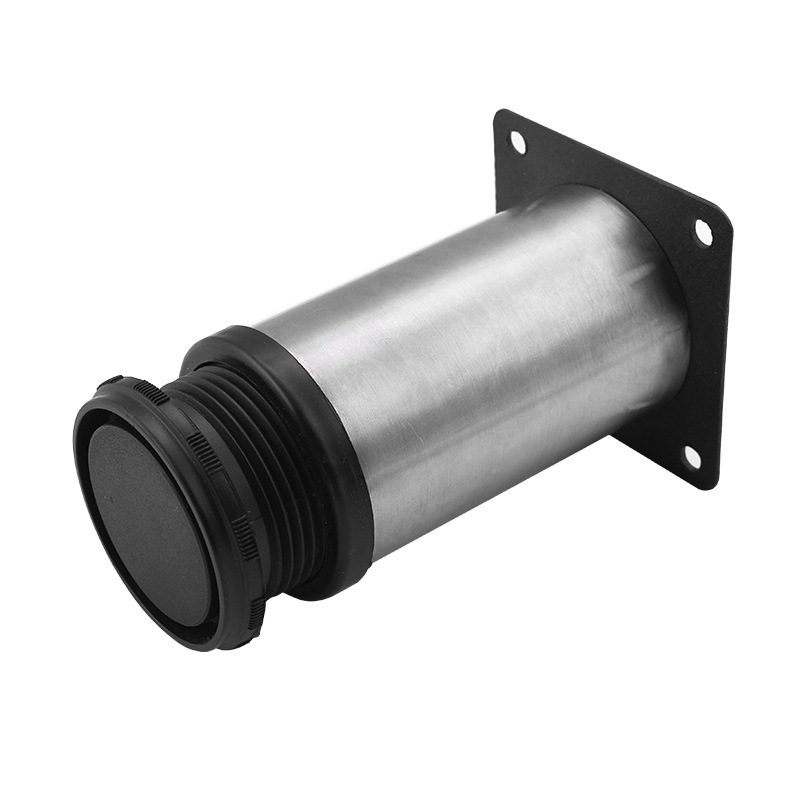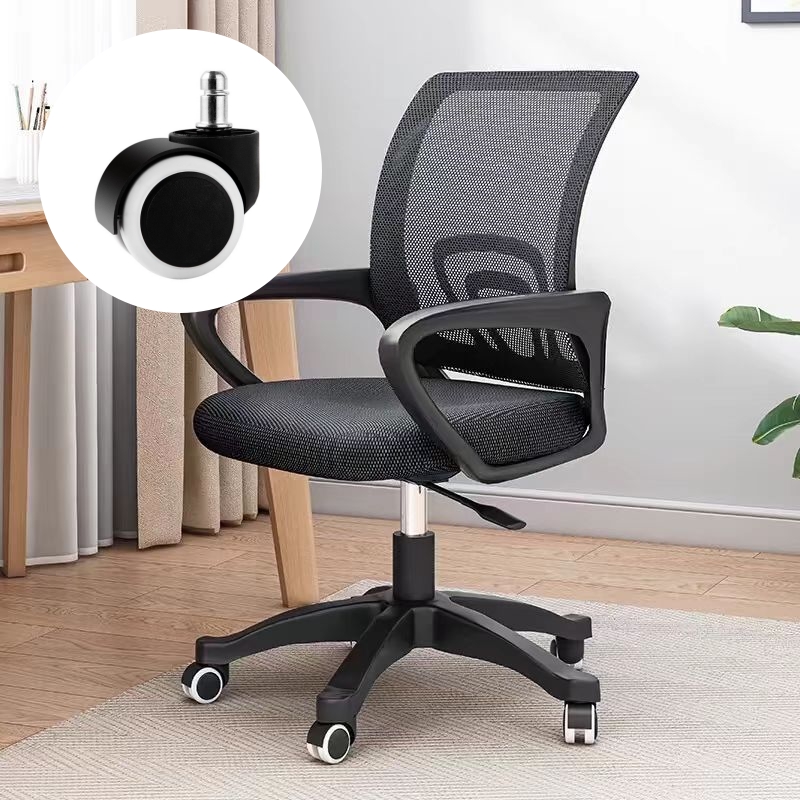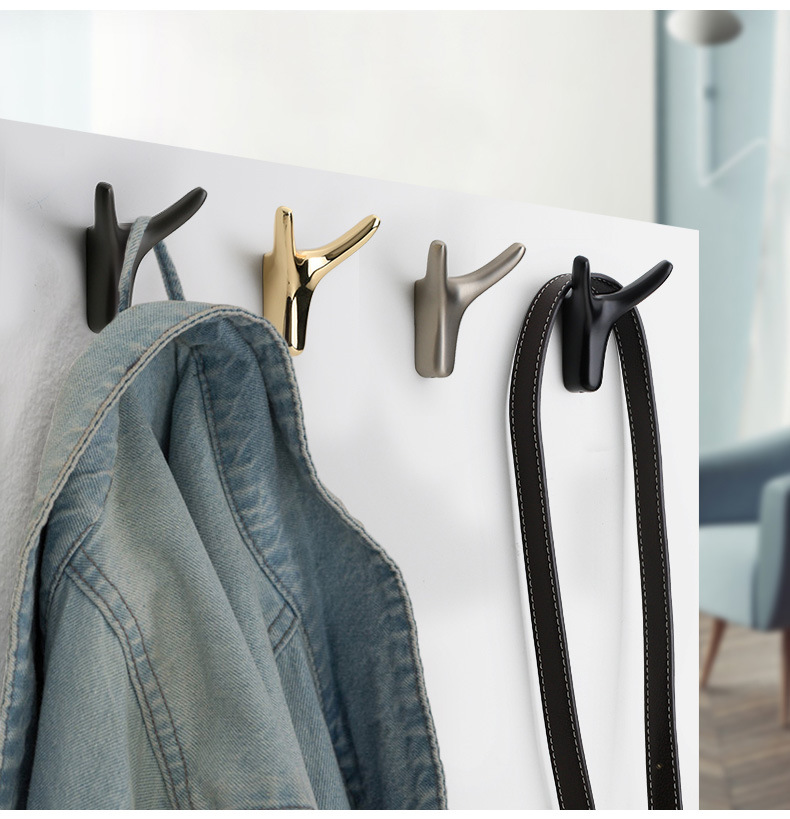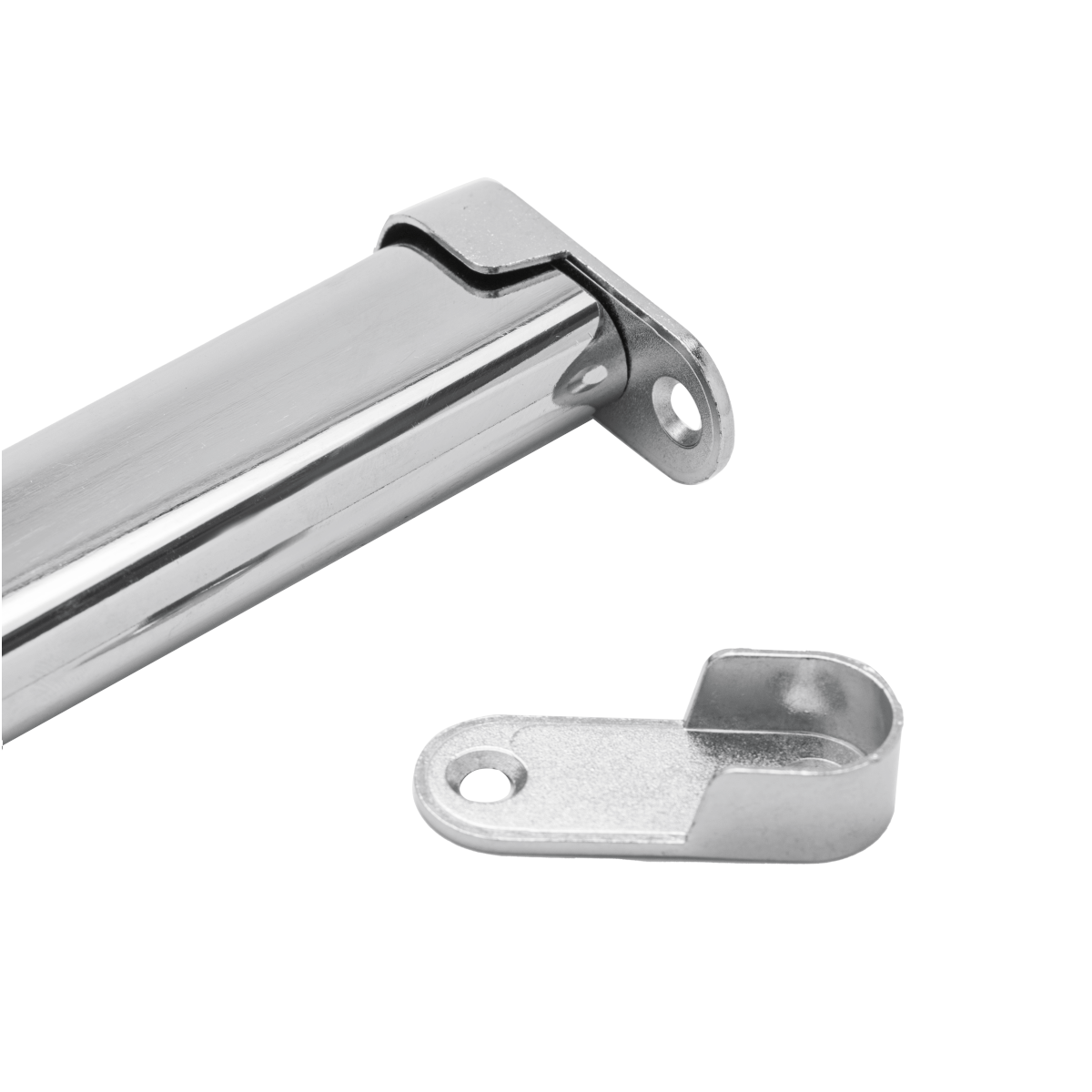
ABOUT
Guangzhou Toplink hardware Co., Ltd specialized in the production and export of furniture hardware fittings, with an experience of more than 14 years.
Our main products are drawer locks, cabinet hinges, sliding rails, cabinet handles, casters, cabinet legs and connecting fittings etc..
With a complete range of products, excellent performance and reasonable prices we have built up business with many customers all over the world.
We are committed to strict quality control and considerate customer service. We sincerely looking forward to becoming your best choice and the most reliable partner!
PRODUCTS
door knob latch stuck closed
Understanding the Mechanics of a Door Knob Latch
Before tackling solutions, understanding the basic mechanism is crucial. Most door knob latches consist of several key components working in concert: the knob itself, the latch bolt (which extends into the door frame), a spring mechanism to retract the bolt, and a locking mechanism (often incorporating a key or thumb turn). The smooth operation of this system depends on the precise alignment and friction between these parts. Even a small amount of debris, wear, or misalignment can lead to a stuck latch. The latch bolt itself might become slightly warped or bent, preventing it from retracting smoothly. The spring mechanism, responsible for pulling the bolt back into the knob, might weaken or break, leaving the bolt permanently extended.
The internal workings of the door knob, often hidden from view, can be surprisingly complex. The interaction between the latch bolt, the internal cam mechanism, and the spindle (the connecting rod between the knob and the latch) are all critical to the smooth operation of the entire system. Any interference in this carefully engineered system, however slight, can cause a malfunction. This complexity is why a simple visual inspection may not always reveal the root cause of the problem. A deeper understanding of these internal components is key to diagnosing and effectively solving the issue.
Common Causes of a Stuck Door Knob Latch
Several factors can contribute to a door knob latch becoming stuck closed. One of the most frequent culprits is dirt, dust, and debris accumulating within the latch mechanism. Over time, dust particles, small pieces of wood or paint, and even insect parts can accumulate, creating friction and preventing the smooth operation of the internal components. This is particularly common in older homes or in areas with significant dust accumulation.
Another common cause is wear and tear. Continuous use over time can cause components to wear down, resulting in a weakened spring, a bent latch bolt, or a worn-out cam. The frequency of use, the quality of the door knob itself, and the overall environment can all influence the rate of wear and tear. Regular lubrication can help mitigate some wear and tear but ultimately, components will fail over time.
Furthermore, improper installation or damage can lead to a malfunctioning latch. If the door knob wasn't installed correctly in the first place, components might be misaligned, creating friction and preventing the latch from retracting. Likewise, accidental damage, such as a forceful slamming of the door, can bend or damage the latch bolt or internal components, rendering the latch inoperable. This highlights the importance of professional installation and careful handling of doors and door knobs.
Troubleshooting and Solutions
Before resorting to more drastic measures, try some simple troubleshooting steps. First, try lubricating the latch mechanism. A small amount of graphite powder or a silicone-based lubricant applied to the keyhole or the latch bolt itself can often free up a sticky mechanism. Remember to apply only a small amount – excessive lubricant can attract more dust and dirt.
If lubrication doesn't work, inspect the latch bolt carefully for any signs of bending or damage. A slightly bent latch bolt can be gently straightened using pliers, but extreme caution is necessary to avoid further damage. If the bolt is severely bent or damaged, replacement is usually required.
Sometimes, the problem lies with the door itself. Check the door frame for any obstructions preventing the latch bolt from retracting smoothly. Adjusting the door or the strike plate (the metal plate on the door frame that receives the latch bolt) might be necessary. This may involve using a screwdriver to slightly loosen and readjust the screws holding the strike plate in place, allowing for better alignment.
If the problem persists, a replacement door knob might be necessary. This is often a cost-effective solution, especially if the door knob is old or of low quality. Replacing the entire assembly is a relatively straightforward DIY project, but if you are unsure, it's best to call a qualified locksmith or handyman.
Preventing Future Problems
Regular maintenance is key to preventing future incidents of stuck door knob latches. Periodically lubricating the mechanism with graphite powder or silicone spray can significantly reduce friction and prolong the lifespan of the components. Avoid slamming the door forcefully, as this can damage the latch bolt and other internal components.
Consider the quality of your door knobs. Investing in high-quality door knobs, made from durable materials, can significantly reduce the likelihood of future problems. Regular inspections can also help detect potential issues early, before they escalate into a major inconvenience. By being proactive and attentive to the condition of your door knobs, you can minimize the chances of encountering this frustrating problem.
In conclusion, while a stuck door knob latch may seem like a minor issue, understanding its causes and employing the right troubleshooting techniques can save you significant time, frustration, and potential expense. Remember that prevention is always better than cure, and regular maintenance is crucial for ensuring the smooth and reliable operation of your door knobs for years to come.
SUBSCRIBE
INQUIRY
